Observatory work, Venus on Dome,
Herschel 400 star clusters
Posted: 10 April 2023
Clouds returned on Thursday, 6 April 2023. Friday morning, 7 April, I did some maintenance in the observatory. First I tightened two loose screws on my 2" star diagonal. I then made some adjustments on the observatory dome. Over the last few months I've noticed that the dome was dragging on my POD Zenith Table in two places.
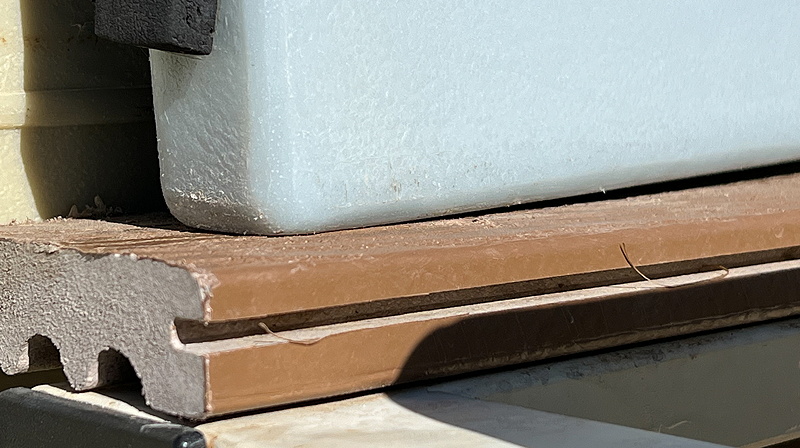
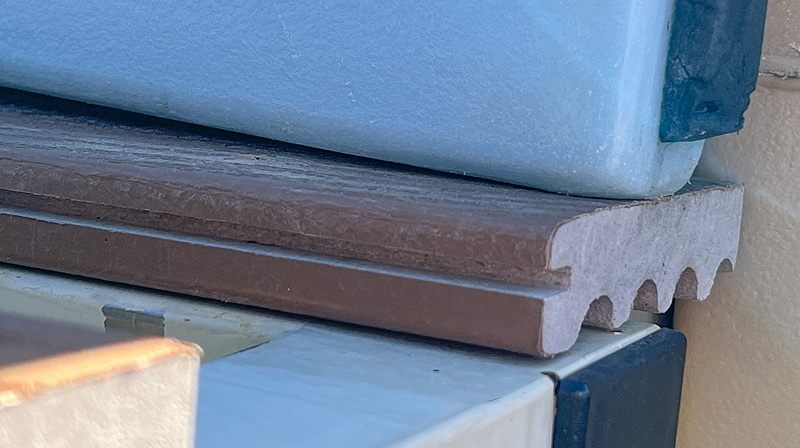
My first thought was to just sand down the plastic slat on the PZT.
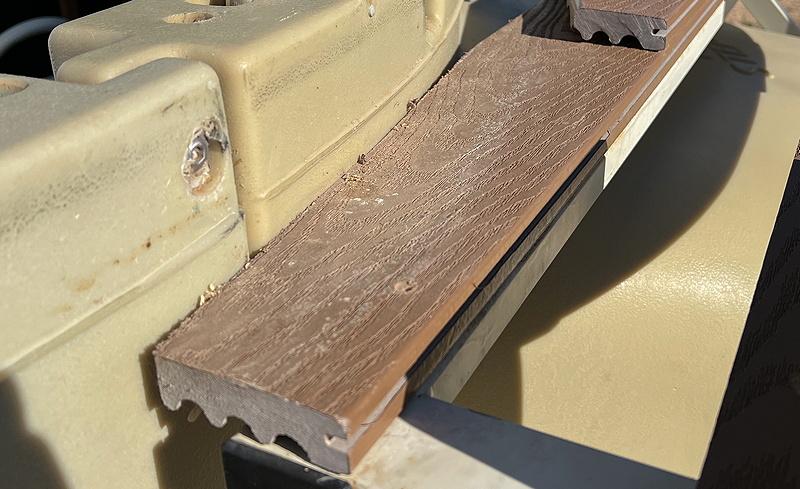
But I was unsuccessful removing any of the plastic on the slat. I then decided that the simplest way to stop the dome from dragging was to slightly sand down the dome flange where it touched the slat on both sides. That worked and after a few passes of the electric sander on the dome, no more dragging.
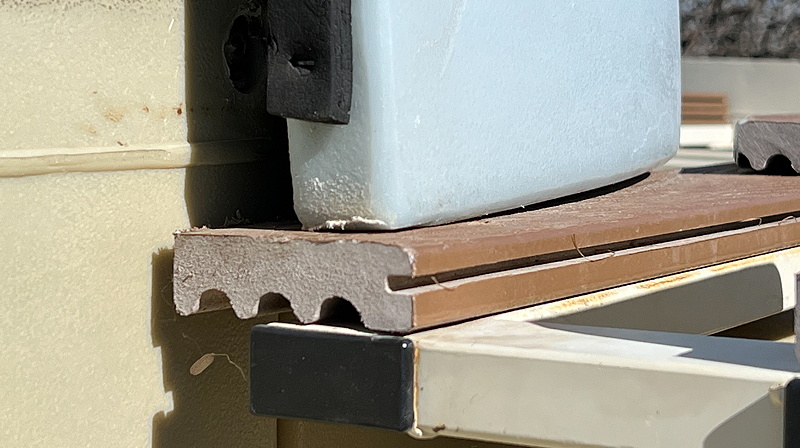
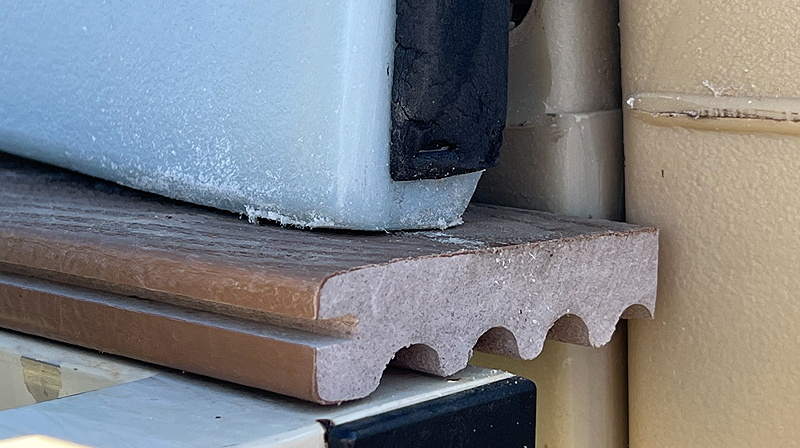
The sky was clear on Sunday, 9 April, and I went to the observatory that evening.
|
Open: Sunday, 9 April 2023, 1832 MST Temperature: 71°F |
Session: 1849 Conditions: Clear |
Equipment:
12" f/8 LX600 w/StarLock
2" 24mm UWA eyepiece
2" 9mm 100° eyepiece
Camera:
iPhone 13 Pro Max
D850 DSLR
1837 MST: LX600 ON, StarLock OFF, High Precision OFF.
1839 MST: Wi-Fi ON.
I installed ScopeBoss on my iPod Touch earlier in the day. I tested it with the LX600 and it worked great, as expected. Now I have another backup for my AutoStar II handcontroller should it ever fail.
1845 MST: Wi-Fi OFF.
Viewed gibbous phase Venus, 102X and 271X.
1850 MST: Sunset.
Mounted the iPhone 13 Pro Max with the LiDAR Cover attached on the 2" 9mm eyepiece using the Levenhuk adapter. Took this iPhone afocal 271X image of Venus using NightCap Camera (ISO 34, 1/1250sec, 1X lens).
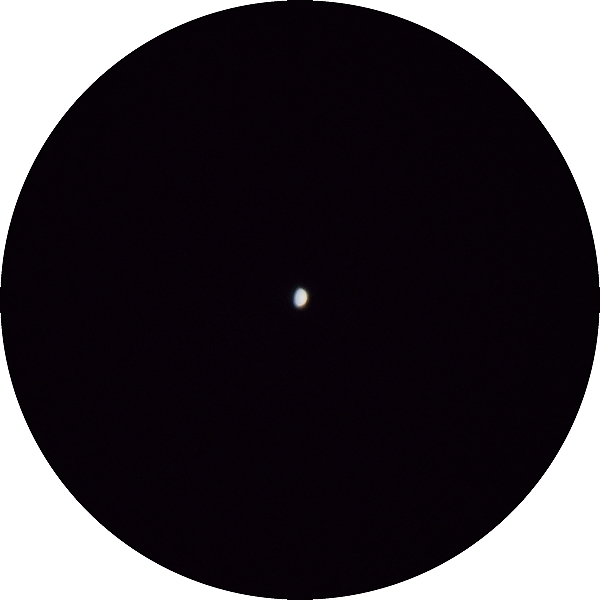
Took a 30 seconds video of Venus, afocal 271X, using NightCap Camera (ISO 34, 1/2023sec, 1X lens). This is a stack of 912 video frames.
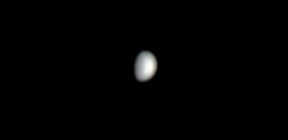
I then prepared the D850 DSLR for imaging later in the night.
1926-2006 MST: Since it was very comfortable this evening, I relaxed on the observatory patio bench while waiting for the sky to get darker and to watch the stars come out. I took an iPhone photo of the constellation of Leo using the Camera app (Night Mode, 3 seconds, 1X, handheld).
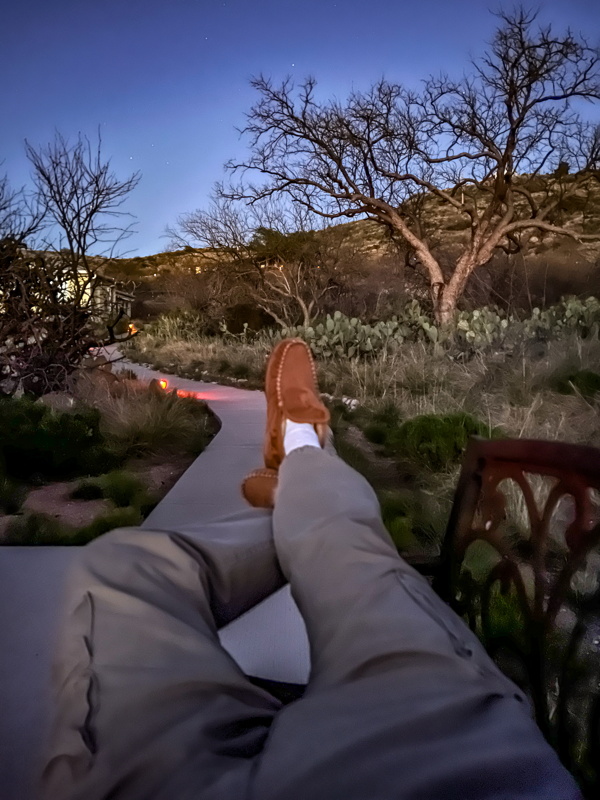
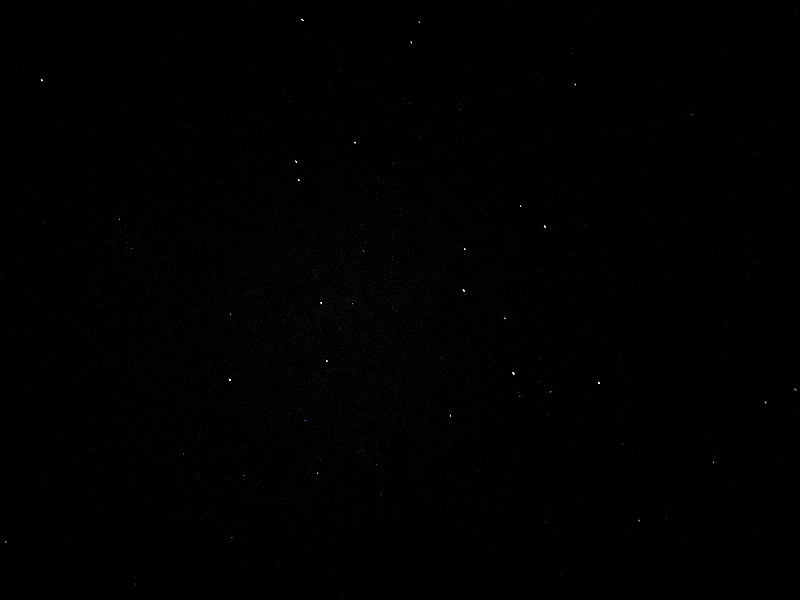
This iPhone 13 Pro Max photo shows Venus projected onto the observatory dome (271X).
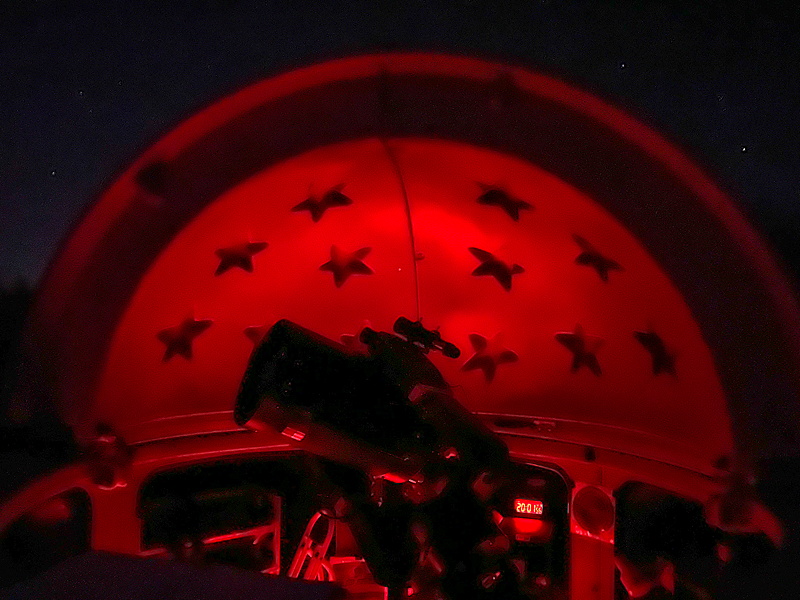
Mouseover or tap on image for label
2012 MST: High Precision ON.
I began more Herschel 400 Catalog objects, 102X: NGC2371 (planetary nebula), NGC2372 (same as NGC2371), NGC2392 (Eskimo Nebula, planetary nebula), NGC2395 (open cluster), NGC2403 (galaxy), NGC2419 (globular cluster), NGC2420 (open cluster), NGC2421 (open cluster), NGC2422 (M47, open cluster), NGC2423 (open cluster), NGC2438 (planetary nebula), and NGC2440 (planetary nebula).
Mounted the D850 DSLR at prime focus, focused on the star Procyon, locked the 12" mirror, and slewed to NGC2395.
2053 MST: StarLock ON.
Took the following Herschel 400 star cluster images, StarLock autoguided, 1 minute, ISO 1600.
NGC2395 (open cluster)
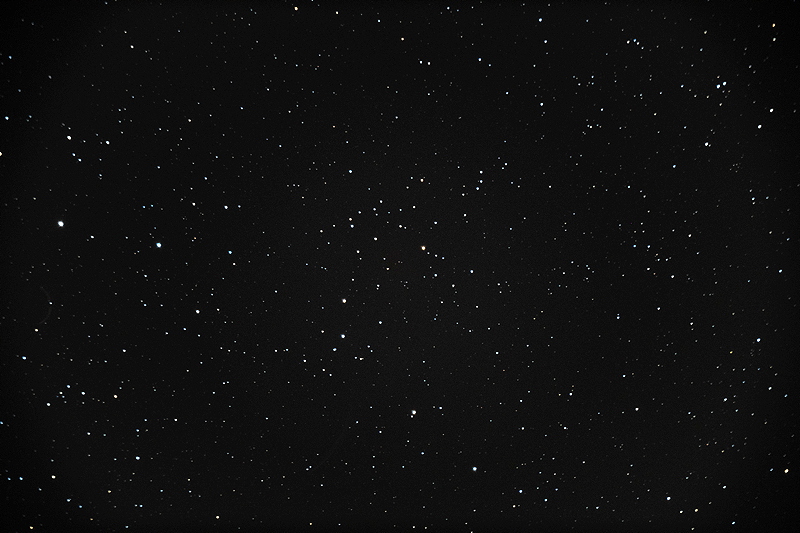
NGC2419 (globular cluster)
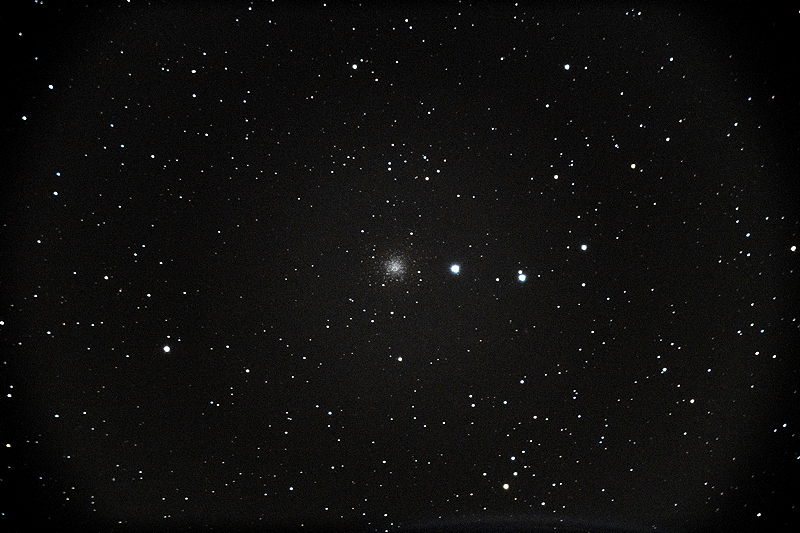
NGC2420 (open cluster)
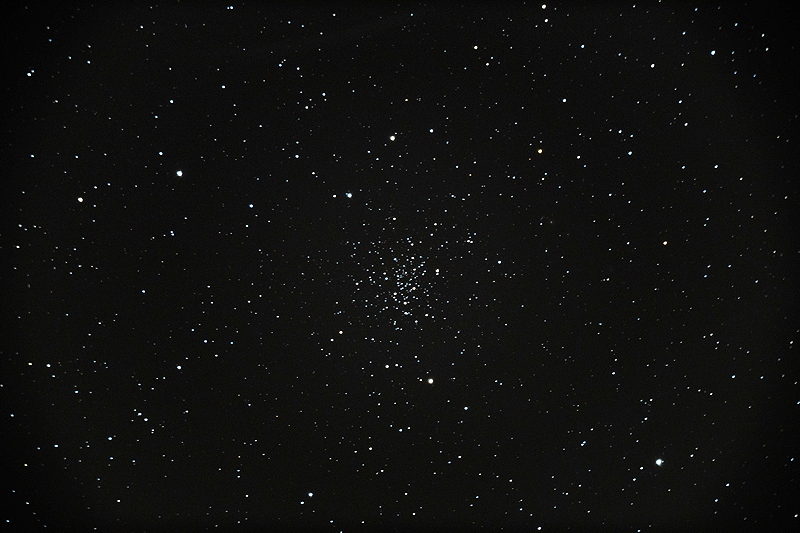
NGC2421 (open cluster)
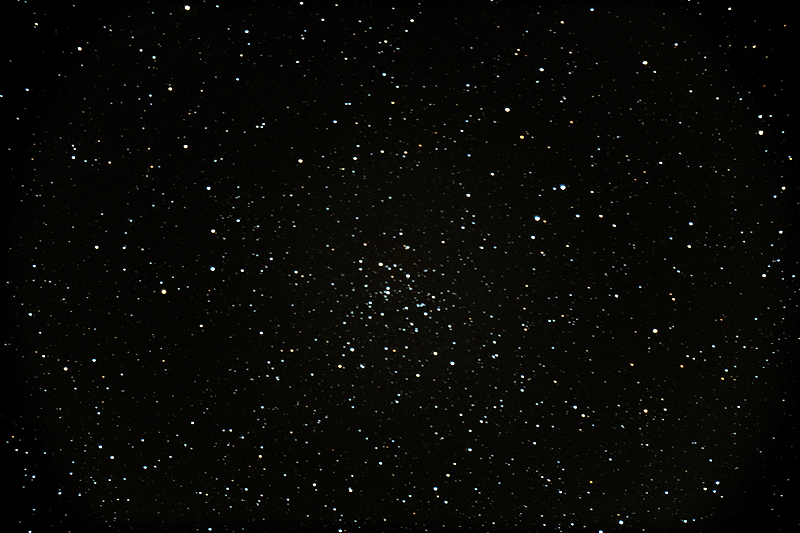
NGC2422 (open cluster)
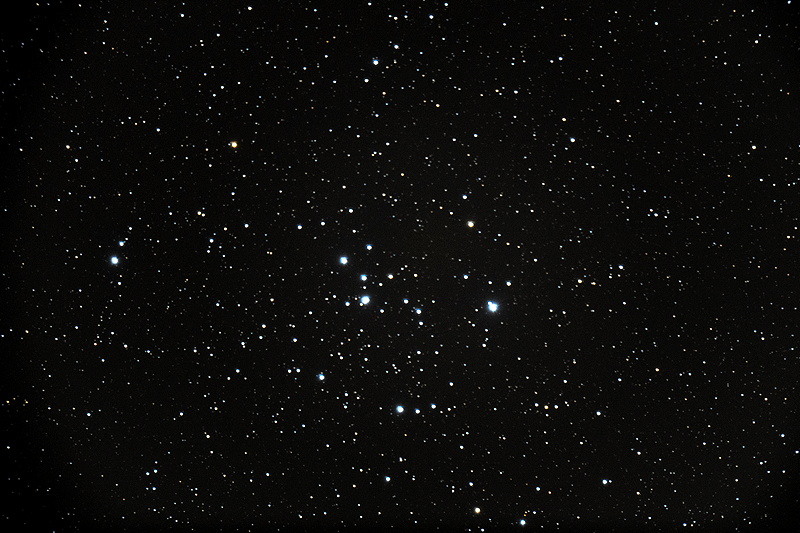
NGC2423 (open cluster)
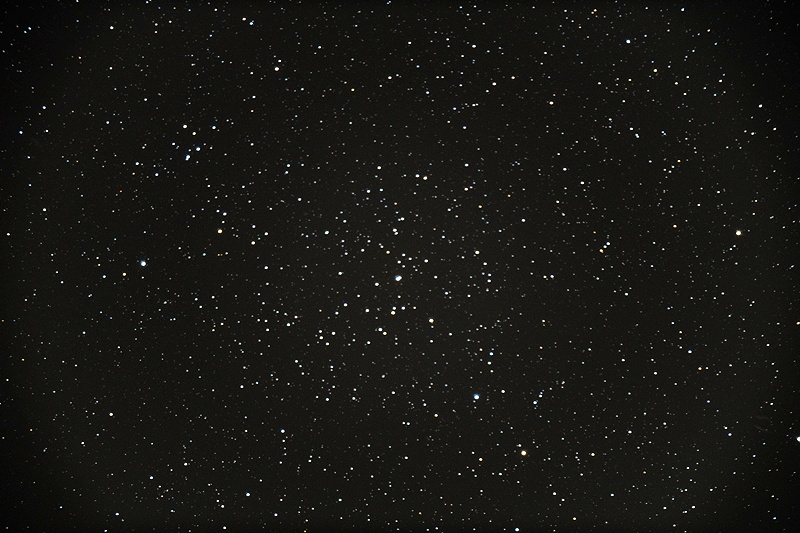
2126 MST: StarLock OFF, High Precision OFF.
2133 MST: LX600 OFF.
2140 MST: Took a Sky Quality reading.
|
Close: Sunday, 9 April 2023, 2142 MST Temperature: 61°F |
Session Length: 3h 10m Conditions: Clear, SQM 21.04 |
On Wednesday, 5 April, thanks to the efforts of a group from Gold Canyon, Arizona, the Pinal County Board of Supervisors approved a proclamation for International Dark Sky Week 15-22 April 2023.
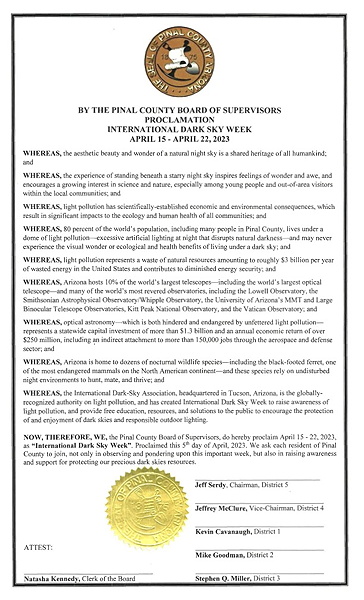
Click to view a larger version (PDF)
Comments are welcome using Email. Twitter users can use the button below to tweet this report to their followers. Thanks.
Cassiopeia Observatory Home Page
Copyright ©2023 Michael L. Weasner / mweasner@mac.com. Email Etiquette.
URL = http://www.weasner.com/co/Reports/2023/04/10/index.html
